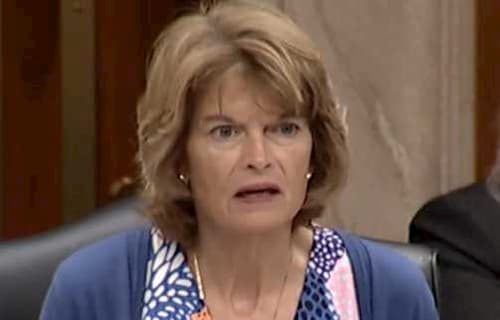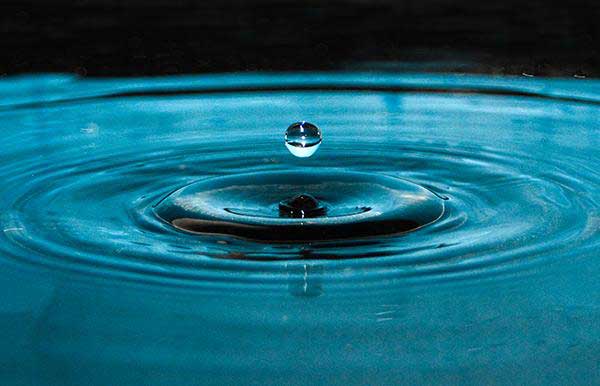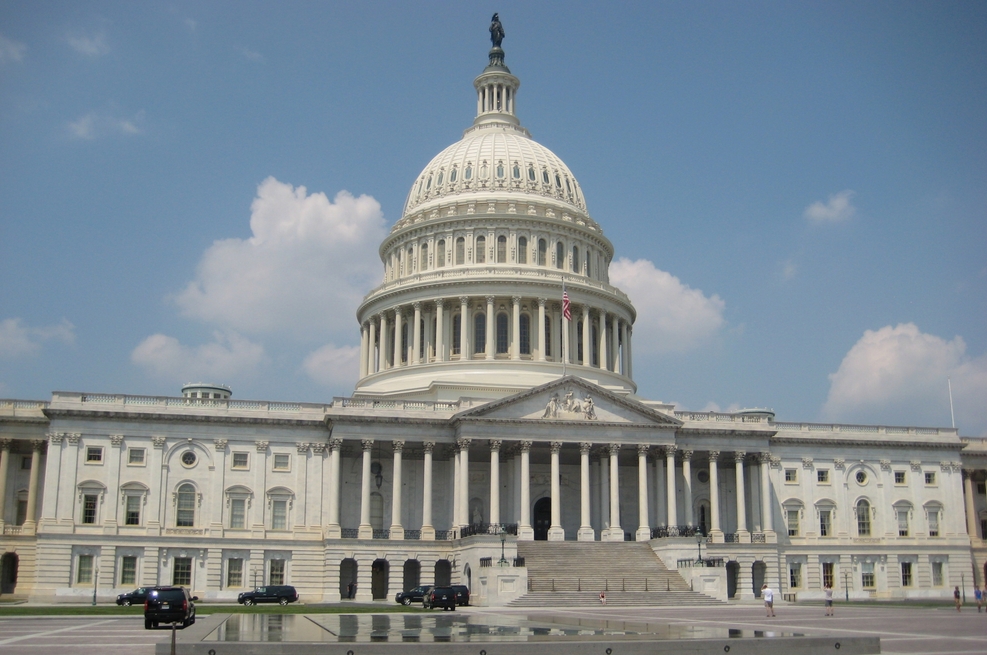EPA announces latest round of funding toward President Biden’s commitment to replace every lead pipe in the nation, protecting public health and helping to deliver safe drinking water
 SEATTLE – Monday, the U.S. Environmental Protection Agency announced $28,650,000 from President Biden’s Investing in America agenda to help Alaska identify and replace lead service lines, preventing exposure to lead in drinking water. Lead can cause a range of serious health impacts, including irreversible harm to brain development in children. To protect children and families, President Biden has committed to replacing every lead pipe in the country. Today’s announcement, funded by the Bipartisan Infrastructure Law and available through EPA’s successful Drinking Water State Revolving Fund, takes another major step to advance this work and environmental justice, and bolsters the Administration’s Lead Pipe and Paint Action Plan and EPA’s Get the Lead Out Initiative.
SEATTLE – Monday, the U.S. Environmental Protection Agency announced $28,650,000 from President Biden’s Investing in America agenda to help Alaska identify and replace lead service lines, preventing exposure to lead in drinking water. Lead can cause a range of serious health impacts, including irreversible harm to brain development in children. To protect children and families, President Biden has committed to replacing every lead pipe in the country. Today’s announcement, funded by the Bipartisan Infrastructure Law and available through EPA’s successful Drinking Water State Revolving Fund, takes another major step to advance this work and environmental justice, and bolsters the Administration’s Lead Pipe and Paint Action Plan and EPA’s Get the Lead Out Initiative.
Working collaboratively, EPA and the State Revolving Funds are advancing the President’s Justice40 Initiative to ensure that 40% of overall benefits from certain federal investments flow to disadvantaged communities that are marginalized by underinvestment and overburdened by pollution. Lead exposure disproportionately affects communities of color and low-income families. The total funding announced through this program to date is expected to replace up to 1.7 million lead pipes nationwide, securing clean drinking water for countless families.
“Lead in drinking water is a public health crisis that must be addressed so people can trust what comes out of their tap,” said EPA Region 10 Administrator Casey Sixkiller. “This funding from the Bipartisan Infrastructure Law provides Alaska a tremendous opportunity to make progress on eliminating a significant source of lead in drinking water. Permanently removing aging – and all together outdated – water infrastructure is a crucial step toward strengthening public health.”
President Biden’s Bipartisan Infrastructure Law invests a historic $15 billion to identify and replace lead service lines. The law mandates that 49% of funds provided through the DWSRF General Supplemental Funding and DWSRF Lead Service Line Replacement Funding must be provided as grants and forgivable loans to disadvantaged communities, a crucial investment for communities that have been underinvested in for too long. EPA projects a national total of 9 million lead services lines across the country, based on data collected from the updated 7th Drinking Water Infrastructure Needs Survey and Assessment. The funding announced today will be provided specifically for lead service line identification and replacement and will help every state and territory fund projects to remove lead pipes and reduce exposure to lead from drinking water. This Lead Service Line-specific formula allows states to receive financial assistance commensurate with their need as soon as possible, furthering public health protection nationwide. To ensure that funding is used for lead service line related activities, LSLR allotments are based on need — meaning that states with more projected lead service lines receive proportionally more.
Alongside the funding announced today, EPA is also releasing a memorandum that clarifies how states can use this and other funding to most effectively reduce exposure to lead in drinking water. Additionally, EPA has developed new outreach documents to help water systems educate their customers on drinking water issues, health impacts of lead exposure, service line ownership, and how customers can support the identification of potential lead service lines in their homes.
To learn about the intended uses of the SRFs in Alaska — and to see how prior years’ funding has been used — go to: http://dec.alaska.gov/water/technical-assistance-and-financing/state-revolving-fund/intended-use-plans/
To view more stories about how the unpreceded investments from the Bipartisan Infrastructure Law are transforming communities across the country, visit EPA’s Investing in America’s Water Infrastructure Story Map. To read more about some additional projects that are underway, see EPA’s recently released Quarterly Report on Bipartisan Infrastructure Law Funded Clean Water and Drinking Water SRF projects and explore the State Revolving Funds Public Portal.
Today’s allotments are based on EPA’s updated 7th Drinking Water Infrastructure Needs Survey and Assessment including an assessment of the one-time update submissions. To date, this is the best available data collected and assessed on service line materials in the United States. Later this summer, EPA will release an addendum to the 7th DWINSA Report to Congress which will include the updated lead service line projections. EPA anticipates initiating data collection, which will include information on lead service lines, for the 8th DWINSA in 2025.
For more information, including state-by-state allotment of 2024 funding, and a breakdown of EPA’s lead Drinking Water State Revolving Fund, please visit EPA’s Drinking Water website.
[content id=”79272″]






